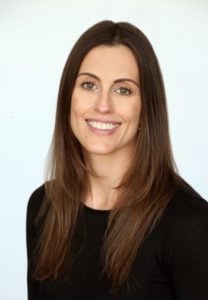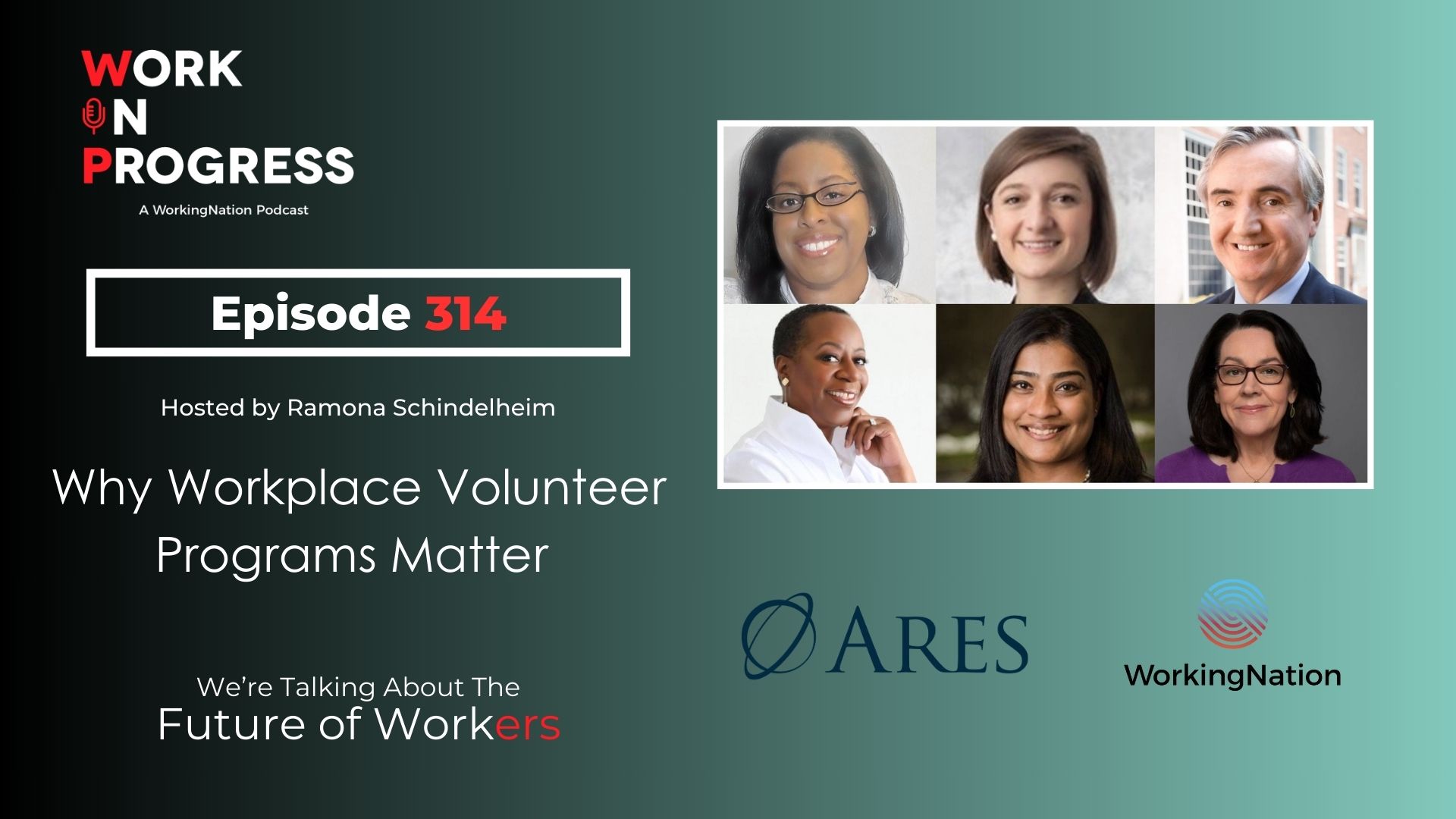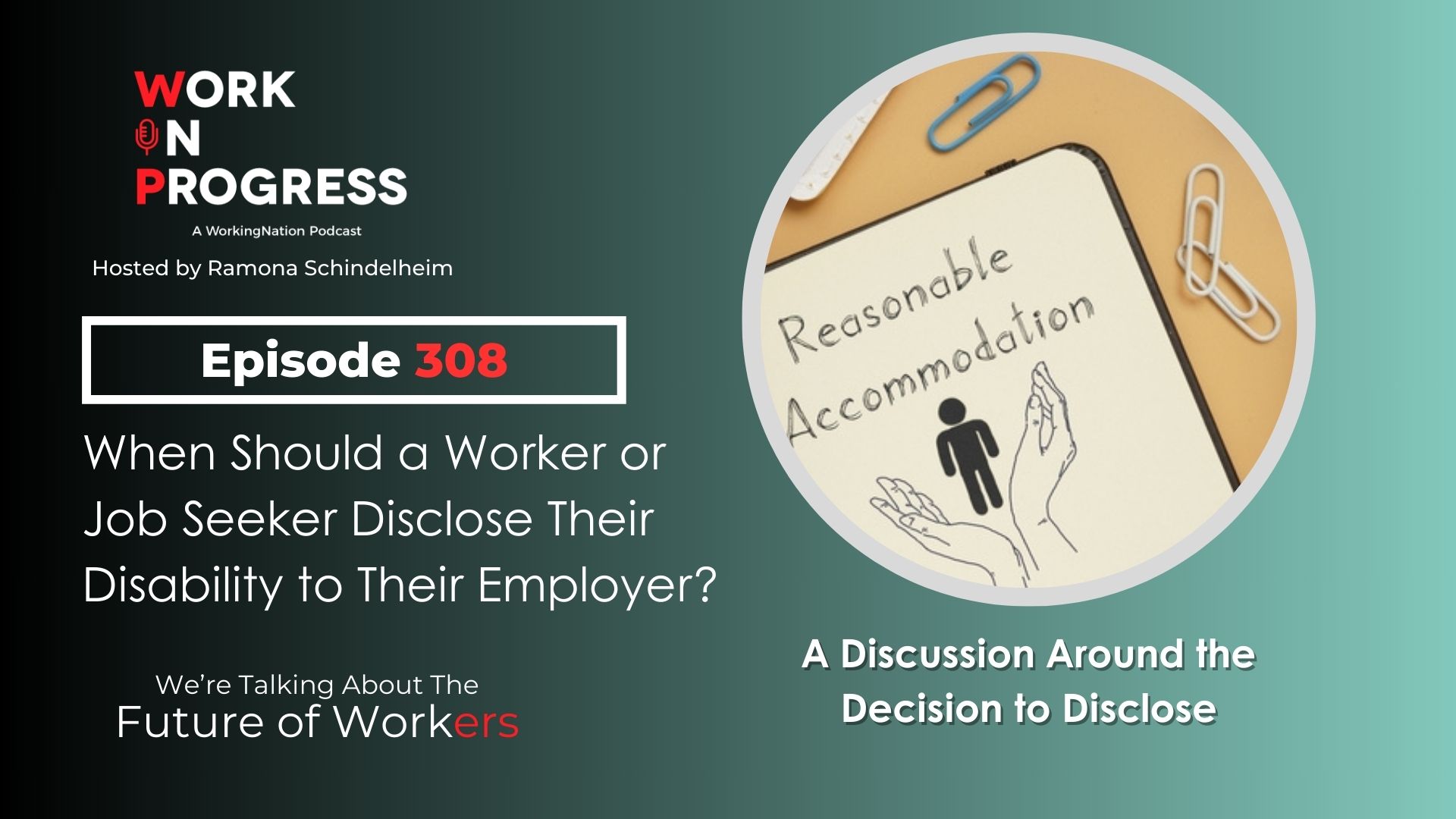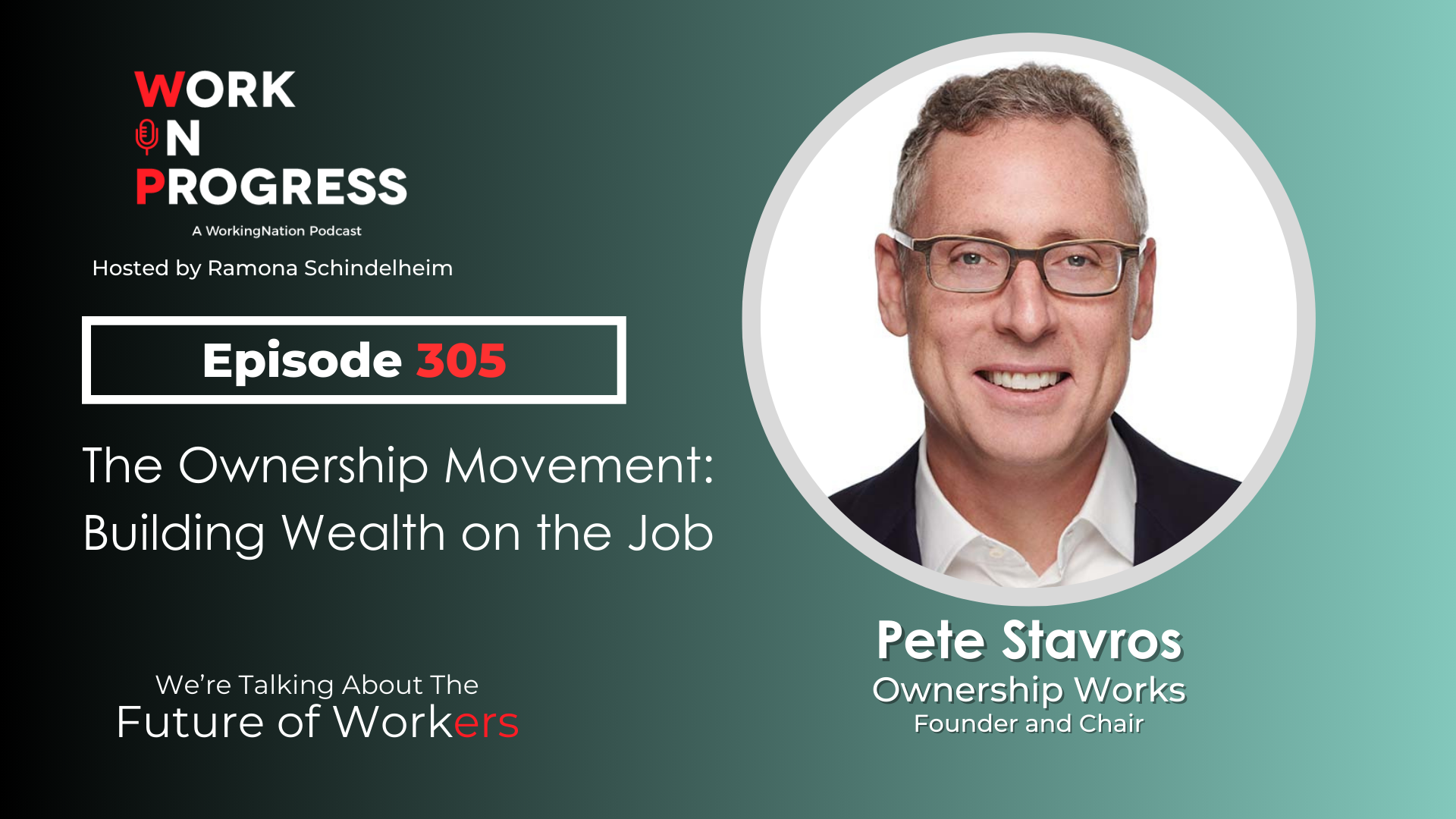WorkingNation welcomes Mick Kubiak, a licensed Marriage and Family Therapist as our featured writer for September. Kubiak specializes in parent counseling and life coaching. She is a mother, meditation teacher and lives in Los Angeles. This is the third article in the series.
This week, Kubiak discusses strategies on how to discover your prime years in life and how they can be achieved at any age.

What do a newborn baby, a 65-year-old woman and a teenage boy all have in common?
According to Cindy Joseph, sexagenarian entrepreneur and fashion model – who started her modeling career in her late forties – they are all in the prime of their lives. She said, “We’re taught that there’s a prime of life. I say, throw that out the door. Every moment is your prime.”
What happens if we open our minds to this possibility, and soften our perceptions about where we are on the human timeline? How does it change the way we think and feel about our lives? And what does it allow us to do that we might not do if we believe our prime is in our past?
Before we go ahead and throw that concept out the door, as she advises, let’s take a look at what it is we are tossing out. The idea that there is a prime of life posits that there is a moment or a period of years when everything comes together.
We all know what those prime years are supposed to feel like and look like -you, at the very moment when your age and experience peak simultaneously – and you have the partner, the kids, the house, the money, and… the future is so bright you have to wear sunglasses.
RELATED STORY: Disentangling your job from your purpose in life
We are told – and we tell ourselves – stories about the lifespan of human beings, and then we take those stories to be the truth, forgetting to question them. The idea that there is a prime of life is one of those stories – it’s just a made-up idea that mostly creates feelings of pressure – and then feelings of loss as we pass our so-called prime years; not to mention the feelings of failure during the prime years for those who are not on track with cultural expectations of what it’s supposed to look like.
It’s kind of amazing how often we agree to harbor an idea that truly doesn’t serve most people most of the time.
Even as you’re reading this, and even if it doesn’t serve you, you may find yourself defending the idea that there is a prime of life. It’s hard to shake it because it’s so pervasive in our culture, but that doesn’t mean it’s true.
There are many things we believe by default, without testing their veracity, because they’ve been handed down to us. But if they are a source of tension and conflict, and if limit our ability to see our opportunities, maybe we should consider “throwing them out the door,” especially if we can’t prove beyond doubt that they are even true.
The idea works for some people, in some ways. It’s a roadmap of sorts, and most of us love a good map, something that shows us where we are, where we’re supposed to be going, and how to bridge the gap between the two places.
The problem comes when you consider that a map is a one-dimensional representation of a complex, three-dimensional land mass. The Polish scholar Alfred Korzybski famously advises us not to confuse the map with the territory. A map is an attempt to represent something much bigger, just as our beliefs about life are attempts to help us navigate this relatively mysterious situation in which we find ourselves.
RELATED STORY: On dealing with the shame of unemployment
In the face of what appears to be many unknowns, it’s comforting to have a map. However, Joseph’s observation causes us to question whether this way of perceiving reality might also be depriving us access to the real territory – and the true potential – of our lives.
Joseph’s compelling imperative to throw it out the door happens to align with many spiritual teachings that ask us to let go of our limited way of thinking about time. Think Ram Dass, Eckhart Tolle, or Byron Katie just to name a few. They all point out that the only thing that exists is the present moment.
Almost fifty years later after Dass published his influential book Be Here Now, most of us spend much of our time planning the future, or reliving the past. Meanwhile, our bodies and our lives remain here, now, in a moment full of possibilities that we risk missing out on if we are not present to experience them.If you talk to enough people over the age of 50, you learn that for many, being “past their prime” is the best thing that ever happened to them. Looking back on their lives, they say that even when they were “making it”, they were unhappy and unconscious, caught up in the struggle to create an external life that met the expectations of others, all the while disconnected from their inner sense of truth.
If you talk to enough people over the age of 50, you learn that for many, being “past their prime” is the best thing that ever happened to them. Looking back on their lives, they say that even when they were “making it”, they were unhappy, caught up in the struggle to create an external life that met the expectations of others, all the while disconnected from their inner sense of truth.
On the other side of that struggle, they often have a perspective that they wish they could have given to their 20, 30, and 40-year-old selves. As Joseph said, “I have thrown out the old paradigm of life looking like a mountain, with an imaginary peak… There is no such thing.”
If we open our minds to this possibility by throwing false concepts out the door, we no longer have to carry the burden of thoughts like, “It’s too late,” or “I’m too old.”
Maybe this is why the most inspiring people always seem to be in their prime, no matter how old they are, maintaining a spark of vitality generally reserved for 19-year-olds. Think Winston Churchill, Richard Branson, Louise Hay. Their lives are an homage to the same truth that Joseph points us toward – that life is not a linear journey to be traced out and followed on a map – or a trek up one side of a mountain and down the other.
It’s much more open and dynamic than that, filled with possibilities to be discovered and explored moment to moment.
Coming Next Week: Kubiak will conclude her advice series on dealing with the emotional weight of unemployment by sharing her personal journey through this tough time.
Join the Conversation: How will you define your prime years? Tell us your strategy on our Facebook page.
Connect with Mick: Via email or by setting an appointment through 310-593-4216. Download the Evenflow app for Mick’s meditation training.











